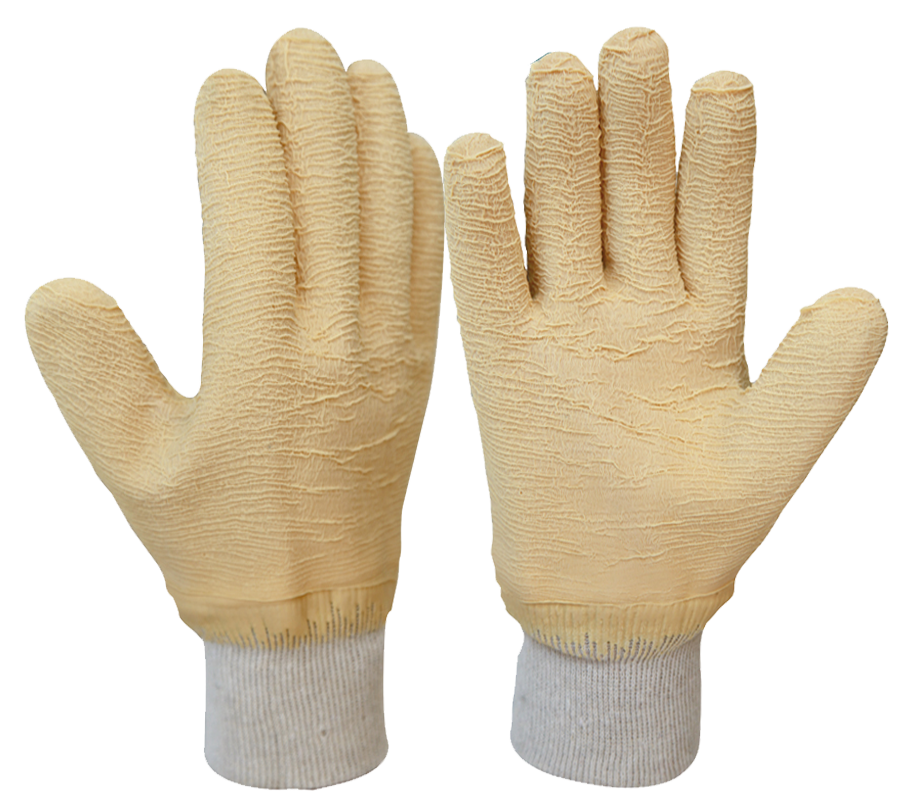Materials of Work Gloves and Their Advantages
Author:Gloves Addtime:2023-10-11 17:08:21 Click:
Work gloves come in various materials, each designed to provide specific advantages and disadvantages for different tasks. Choosing the right material is essential for ensuring both safety and comfort in the workplace. Here, we will explore some common materials used in work gloves and their respective pros and cons.
1、Leather Gloves:
Advantages: Leather gloves, typically made from cowhide, pigskin, or goatskin, are known for their durability and protection against abrasion and punctures. They also offer good grip and are resistant to heat and flames.
Disadvantages: These gloves can be heavy and less flexible than some other materials. They may not provide sufficient protection against chemicals and liquids.
Advantages: Nitrile gloves are resistant to a wide range of chemicals, oils, and solvents. They are puncture-resistant, making them ideal for handling sharp objects. Nitrile gloves are latex-free, reducing the risk of allergies.
Disadvantages: Nitrile gloves are less flexible and may not provide the same level of dexterity as latex or neoprene gloves. They are also not heat-resistant.
Advantages: Latex gloves offer excellent tactile sensitivity, which is crucial for tasks that require precision. They provide a snug fit and are highly elastic, making them comfortable to wear.
Disadvantages: Latex can cause allergies in some individuals. They are not resistant to certain chemicals and may not be suitable for people with latex allergies.
4、Neoprene Gloves:
Advantages: Neoprene gloves provide excellent protection against a wide range of chemicals and solvents. They are highly flexible and maintain their shape in various temperature conditions.
Disadvantages: Neoprene gloves can be thicker and less tactile, which may reduce dexterity. They are not heat-resistant and may not be suitable for tasks involving open flames.
Advantages: These gloves are typically made from materials like Kevlar or Dyneema and are designed to protect against cuts and sharp objects. They offer exceptional cut resistance without sacrificing too much dexterity.
Disadvantages: Cut-resistant gloves may not provide protection against other hazards, such as chemicals or extreme temperatures. They should be selected based on the specific risk.
Cotton or Fabric Gloves:
Advantages: Lightweight cotton or fabric gloves are comfortable and breathable. They are ideal for light-duty tasks, providing a barrier against dirt and minor abrasions.
Disadvantages: These gloves do not offer protection against cuts, chemicals, or heat. They may wear out quickly when exposed to heavy use.
In conclusion, choosing the right material for work gloves is essential to ensure the safety and comfort of workers in various industries. The selection should be based on the specific hazards and tasks involved. It's crucial to weigh the advantages and disadvantages of each material to make an informed decision and provide the best possible protection for the job at hand.
